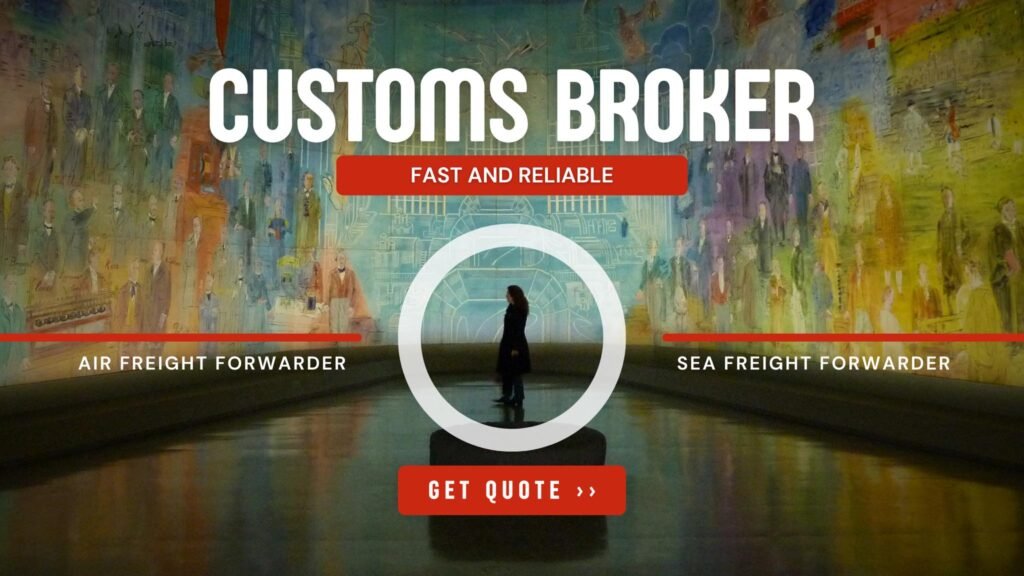In today’s digital age, e-commerce has emerged as a powerful tool for businesses to reach global markets, streamline operations, and increase sales. For Philippine exporters, embracing e-commerce presents immense opportunities to expand their reach and compete effectively in the global marketplace. In this primer, we’ll explore the fundamentals of e-commerce for Philippine exporters, including its benefits, challenges, and key strategies for success.
Subscribe to the MyCCBI365 newsletter
General FAQs
E-commerce offers Philippine exporters a cost-effective way to reach international markets. It removes geographical barriers, allows businesses to tap into a global customer base, and reduces the need for physical stores or intermediaries. With the right digital tools, Philippine exporters can access vast online marketplaces like Amazon, eBay, Lazada, and Shopee, making it easier to sell products abroad while also providing opportunities for business growth and increased revenue.
Philippine exporters can use several strategies to effectively market their products online:
- Search Engine Optimization (SEO): Optimize product listings with relevant keywords so that they appear in search results on e-commerce platforms and search engines like Google.
- Social Media Marketing: Platforms like Facebook, Instagram, and TikTok can be effective tools for creating brand awareness and engaging with customers.
- Influencer Partnerships: Collaborating with influencers or local celebrities can help reach a broader audience and build brand credibility.
- Targeted Advertising: Use paid ads on Google, Facebook, or e-commerce platforms to target potential buyers in specific geographic regions or market segments.
- Content Marketing: Sharing blogs, videos, or customer testimonials can help build trust with potential customers and improve SEO.
By addressing these key considerations, Philippine exporters can establish a successful presence in the global e-commerce market.
Philippine exporters need to comply with both local and international regulations when engaging in e-commerce. Key requirements include:
- Registration with the Bureau of Internal Revenue (BIR): Exporters must be VAT-registered if their annual sales exceed the VAT threshold.
- Export Documentation: Proper documentation (e.g., Commercial Invoice, Packing List, Export Declaration) is necessary for customs clearance.
- Payment and Taxation Compliance: Ensure that the export taxes, tariffs, and duties are understood, both domestically and in the target market. Some international platforms provide tax assistance.
- Consumer Protection Laws: Adhere to international e-commerce laws to avoid disputes with customers regarding refunds, returns, or product guarantees.
Choosing the right e-commerce platform depends on several factors, including:
- Product Type: If selling consumer goods, platforms like Amazon, Lazada, or Shopee might be more suitable. For niche or high-quality products (e.g., handicrafts or premium goods), platforms like Etsy or eBay could be a better fit.
- Target Market: Determine which platform your target audience uses. For example, Alibaba and AliExpress are popular in Asia, while Amazon has a global reach, especially in North America and Europe.
- Support for International Sellers: Look for platforms that support international transactions, multi-currency payments, and shipping to different regions.
- Ease of Use: Evaluate platforms that offer user-friendly interfaces, robust seller support, and marketing tools for increasing visibility.
Some logistical challenges Philippine exporters face in e-commerce include:
- International Shipping Costs: Shipping products internationally can be expensive. To mitigate this, exporters can partner with third-party logistics (3PL) providers or use platforms that offer discounted shipping rates.
- Customs Clearance: Ensure that all necessary customs documents are in order and that the exporter is familiar with the customs regulations of both the Philippines and the destination country. Working with a trusted customs broker can help streamline this process.
- Product Returns and Exchanges: Managing returns can be challenging when dealing with international customers. Clear return policies and reliable courier services are important for maintaining customer satisfaction.








